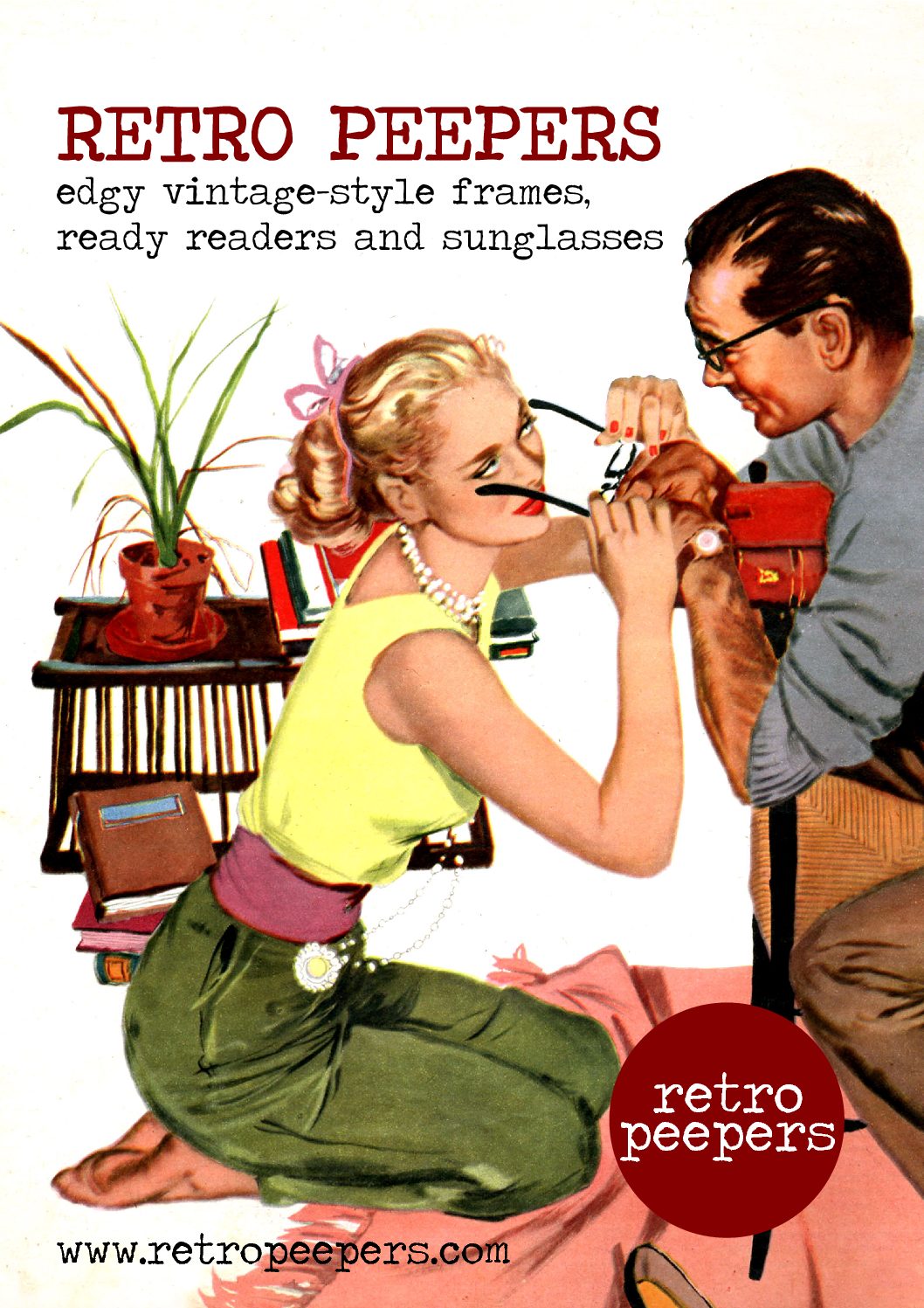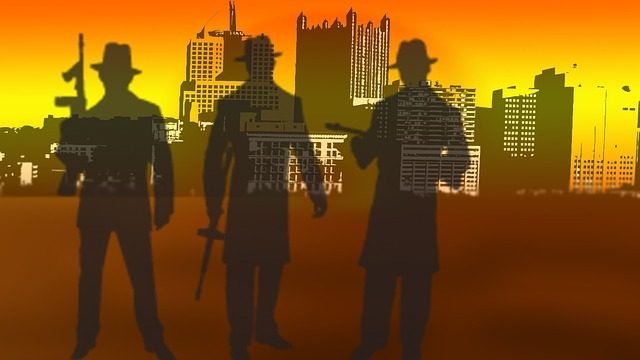
January 16th 1920 is an important day in American History. The drying out of the United States. The last day alcohol was available to the General Public.
So, what kind of effect did this have on the Country? A very negative one, in fact.
Supporters of banning alcohol did it with the best of intentions. Alcohol was deemed to be the demon’s rum. It incited violence, caused poverty, was responsible for domestic and child abuse and was a scourge on society.
It was believed that with the banning of alcohol all of these issues would miraculously be solved. In fact it made things far far worse!
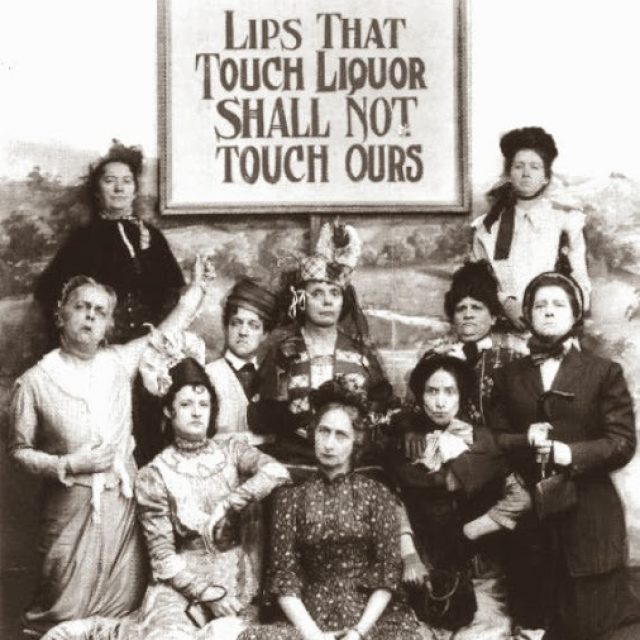
Would you want to?!?!?!
The Womens Christian Temperance Union (WCTU) flourished as did the Anti-Saloon League, and were instrumental in getting anti-alcohol legislation up for debate on Capitol Hill. Many of these were do-gooders who wanted to stop people from having a good time. Their campaigning succeed and the government acted.
This eventually led to The Volstead Act which came into force at midnight on January 17th which meant it was illegal to make or sell any form of alcohol. The intent was to make it impossible for people to buy drink, and therefore be unable to get inebriated and cause problems for society.
What it actually led to was the opening of thousands of “speakeasies”. Basically establishments that purported to sell soft drinks and coffee but in fact supplied copious amounts of alcohol. Entry into these clubs was only allowed once you had whispered a password, hence the name.
Speakeasies flourished
Once inside, the alcohol flowed, 1920’s style jazz bands played music and dancing was a popular past-time. New York alone is estimated to have had over 100,000 speakeasies alone. Business was booming and they had glasses to fill.
Speakeasies were a source of fun and enjoyment. Stars such as Josephine Baker made their debut on the speakeasy stage, before going on to greater things. Although the main purpose of the speakeasy was somewhere to get alcohol, people made an event of it. Dressing in their finery, drinking and dancing the night away. Some even offered dinner to the patrons.
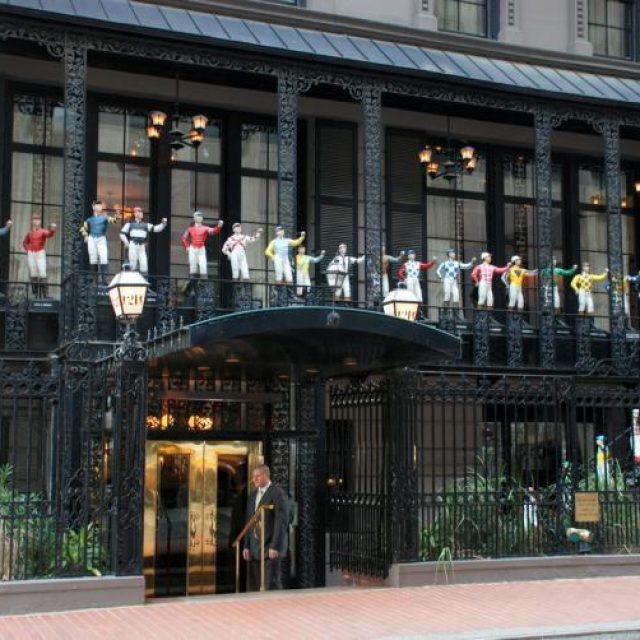
The 21 Club, New York
The problem of course, with the clubs is that they needed a regular supply of alcohol. This led to the rise of the bootleggers; people who “ran” alcohol across state lines or smuggled it in via the coastline on Rum-Running ships.
Such was the demand, it lead to the creation of Organised Crime Groups.
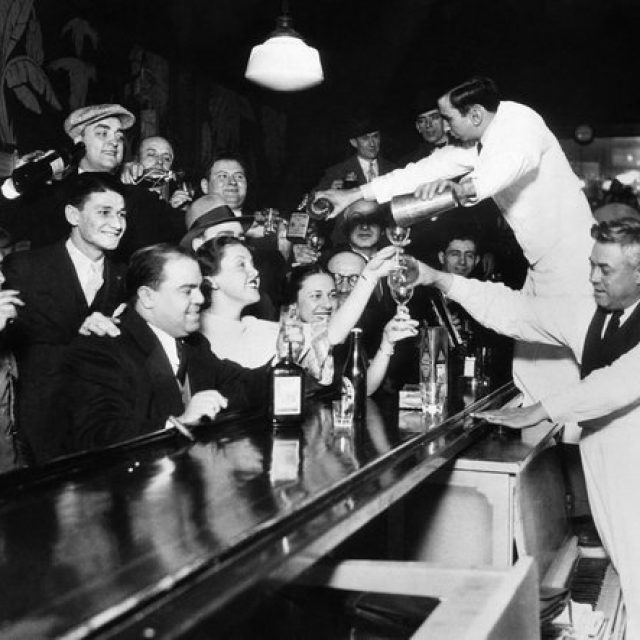
Alcohol Free
Supplying so many establishments necessitated manufacturing the alcohol somehow. Distilleries were set up and fiercely protected. One of the most popular recipes was “Bathtub Gin” which is exactly what it was. Large bathtubs were filled with ingredients, bottled and sold.
The downside to this is that toxic chemicals were often found in the bottles, which caused blindness, paralysis and even death. It is estimated that during the years of prohibition more than 10,000 people died from drinking illegal alcohol.
Deadly…..
One other way to get alcohol was via a free prescription from the Doctor. Legal Pharmacies were able to issue bottles of Whiskey, for many ailments. Turning up at the chemist with a prescription meant that you got your bottle of legitimate and safe alcohol. Over a million gallons of whiskey was consumed using this method alone!
Prohibition didn’t help the general public. As organised crime families grew, so did their crimes. Branching out into drugs, gambling, prostitution and loan sharking. They became a scourge on society. It is believe that over 500 gangland murders took place between 1927 and 1930.
Not even the staunchest abolitionist could have seen the terrible set of events on February 14th 1929 when two rival crime families were involved in a terrible shootout, The St Valentines Day Massacre in Chicago.
Four members of Al Capone’s gang entered the headquarters of George “Bugs” Moran and opened fire. Seven men were killed in the attack, however Bugs was running a little late and wasn’t there when the shooting happened.
This allowed Al Capone to take over even more of the gangland territory and at the height of Prohibition Al was earning an estimated $60 million dollars a year. Another $45 million dollars was earned through his other “ventures”. He paid out over $75 million dollars in bribes and securities and considered this worth every penny. He had men in every association, council and union. He was simply untouchable.
Prohibition continued for over 13 years, and whilst deemed to be a success with a dramatic reduction (by almost half) in the consumption of alcohol, the true cost was catastrophic with deaths from toxic alcohol and murders.
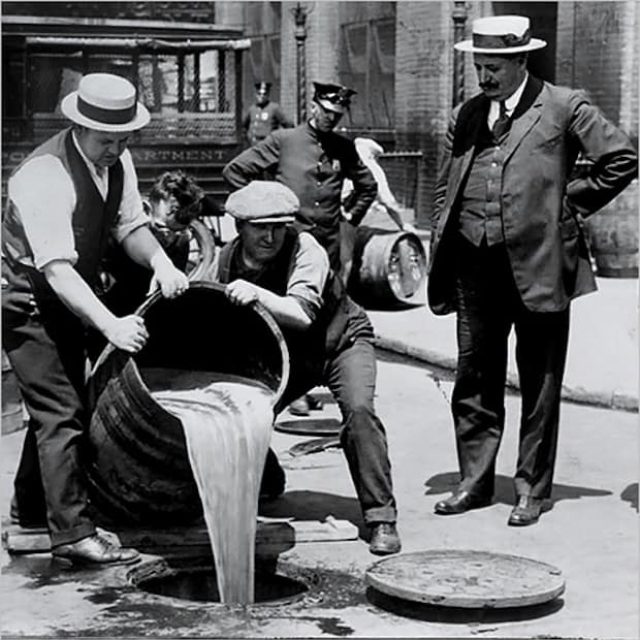
Tipping away the devils brew
One of the biggest knock on effects that the prohibition had was very far reaching. As alcohol could not be sold, neither could tax be collected on it.
This left a massive deficit in the treasury and certainly helped when America entered the Great Depression in 1929. Lasting a full ten years, it was the greatest economic downturn in the history of America. The Wall Street Stock Market crashed leaving people penniless.
By 1933 over 15 million people were out of work. Families sold their children. Suicide was prolific; Over 23,000 people killed themselves in one year. Unable to cope with the loss of their money, jobs, families, savings and homes. Cardboard box Cities sprung up as more people became homeless.
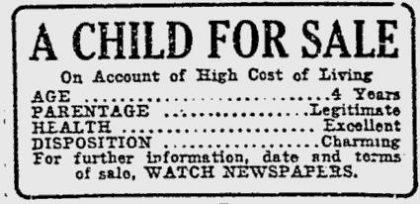
The depression hit as the revenue and tax on alcohol became non-existent
The gangster however were still raking it in. The task forces set up to eradicate drinking and the crime syndicates were very under staffed and under funded. Capone himself was imprisoned on tax evasion charges in 1931. Sentenced to eleven years in Alcatraz, his life of crime was finally at an end.
The Depression was still at a high, and in 1932 Franklin D Roosevelt used the platform of repealing Prohibition to enter the Presidential Race. His idea was to make alcohol legal again, therefore creating many jobs and much needed revenue. With ideas like that, he could only win!
In October 1933 Amendment 21 was put into place and the final vote by Utah in December 1933. Prohibition was finally over.
Or was it?
In fact many states continued to be “Dry” with Mississippi being the last one to come out of prohibition in 1966! Thirty-three years after the act was revoked.
This very turbulent time created a lot of excitement and fun with it’s illicit bars and jazz bands, but far more death and violence than the “Demon Drink” had ever caused. The one thing the Temperance Societies wanted to prevent was increased exponentially, in essence totally defeating the purpose of Amendment 18.
As they say, “The Road to Hell is paved with good Intentions”
****Article first published in Vintage Life Magazine August 2017****

